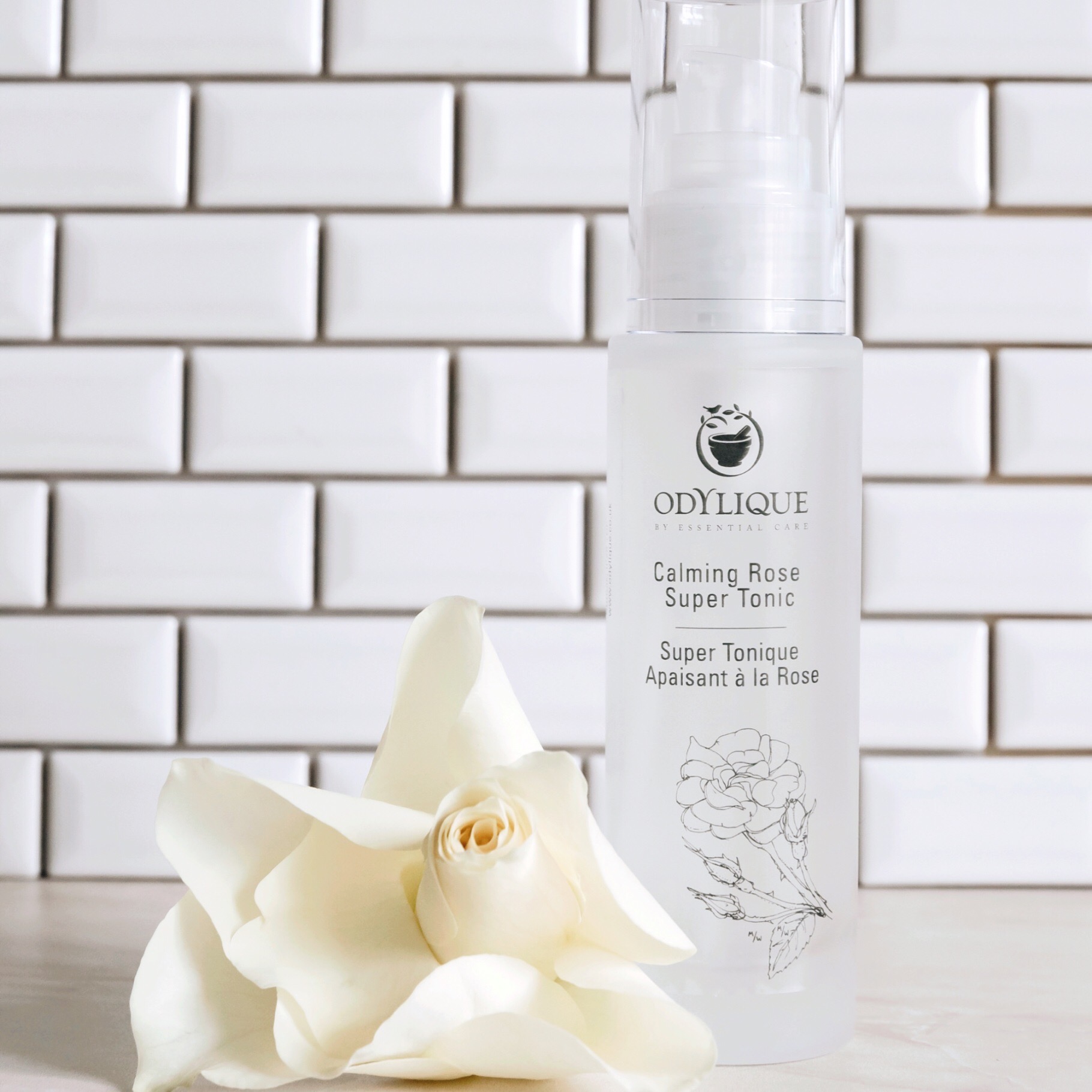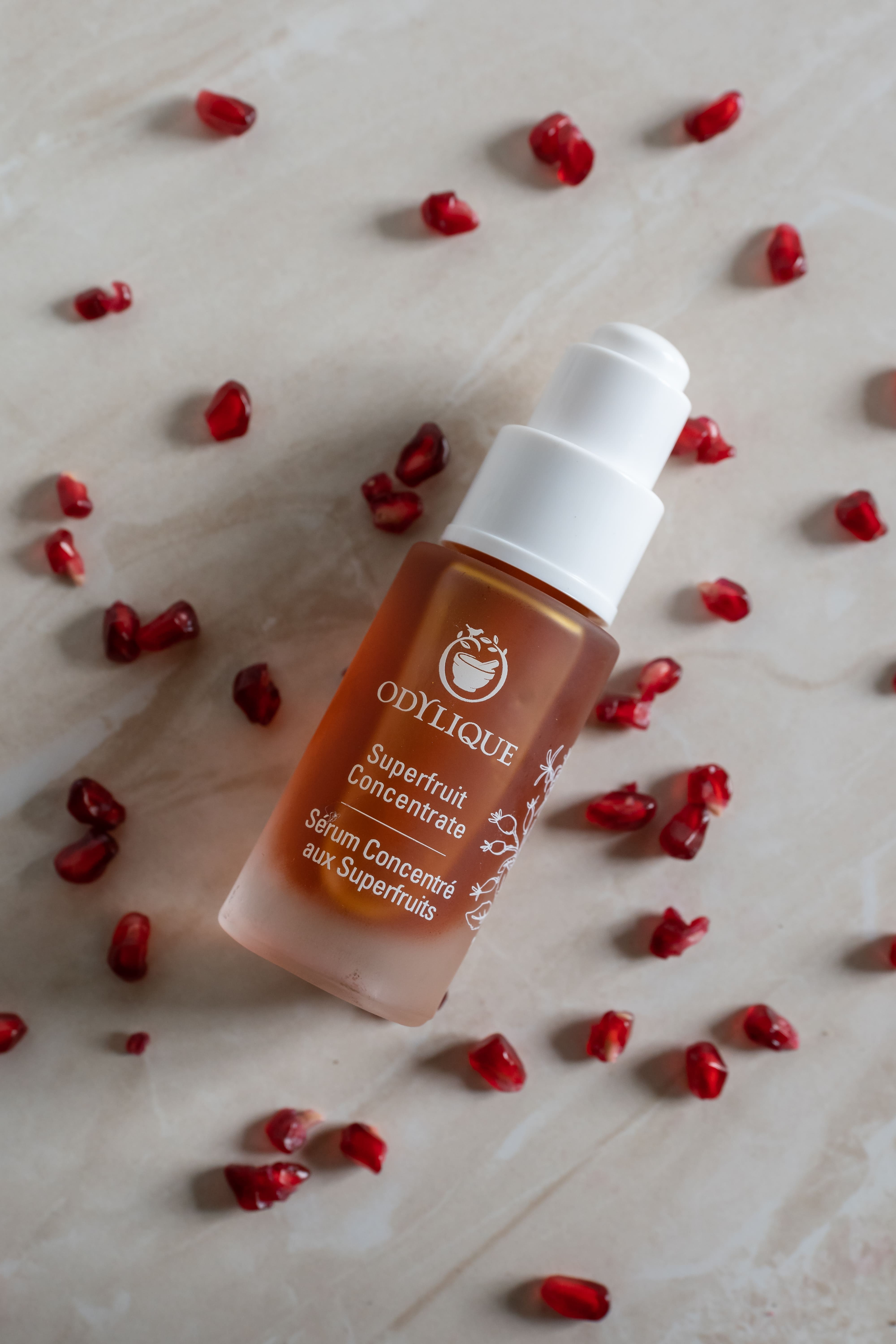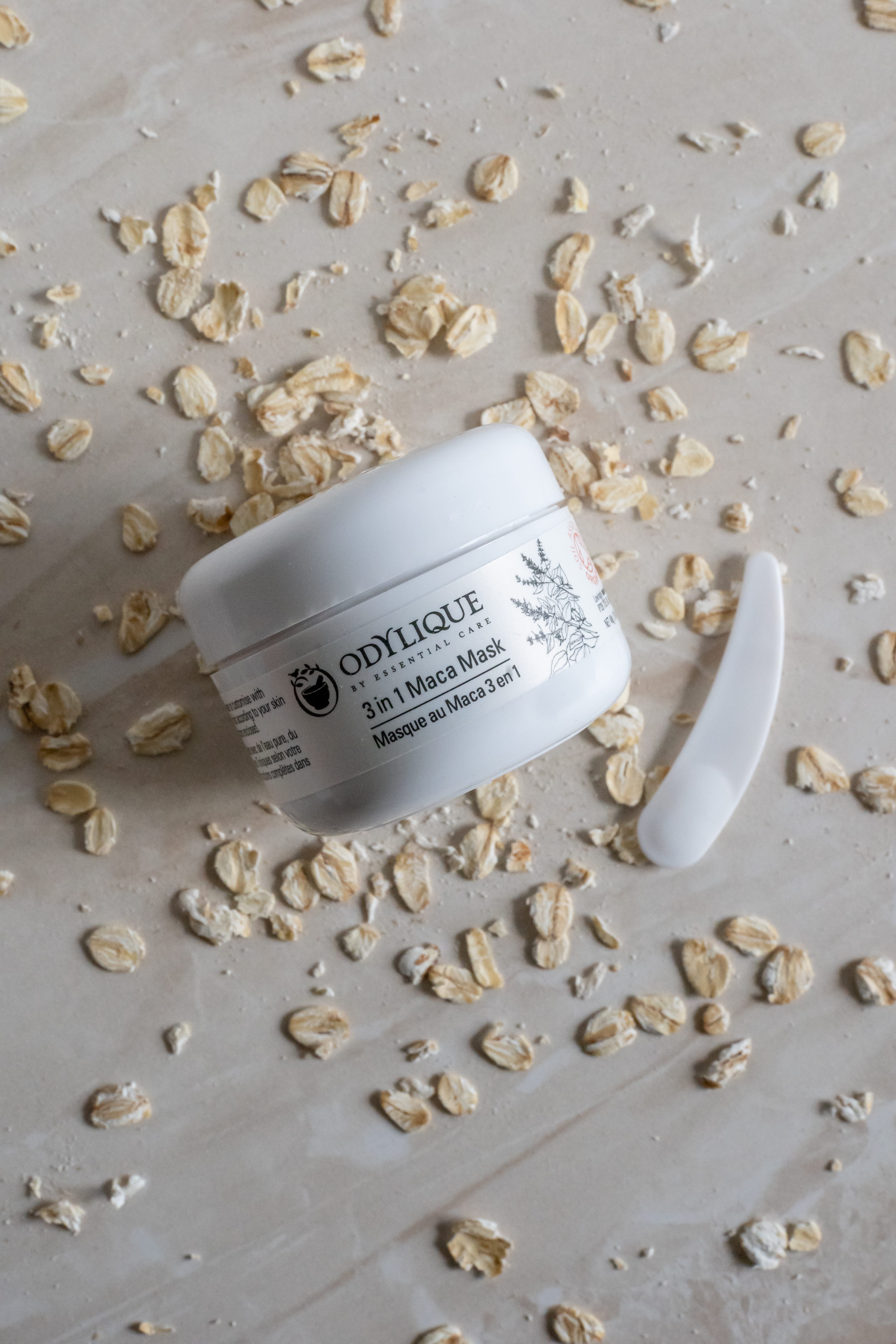Many of us are aware of hot sweats and brain fog as key symptoms of the menopause, but did you know that the symptoms of menopause start much earlier?
Perimenopause is the name for the time before menopause and can seriously impact your skin. In this guide we address what perimenopause is, how it affects your skin and what women in their 40s and beyond need to know to help.
What is Perimenopause
Perimenopause, or ‘around menopause’ refers to the transition in a woman’s life from fertile, with a monthly hormonal cycle to the end of reproductive capabilities.
Until recently, most women thought ‘menopause’ was a short, dramatic period taking place on average at around 52 – 55, marked by hot flushes, forgetfulness, and night sweats.
The process can begin as early as your late 30s and is a gradual process.
During that time, the volatile fluctuations in the main female hormone oestrogen, coupled with the constancy of the hormone androgen can throw many of your bodily systems into chaos.
Much like puberty, the time is characterised by significant changes to body and mind.
You are not classed as actually having reached menopause until you’ve experienced a 12-month timeframe with no menstrual periods.
How does Perimenopause affect the skin?
The skin is the primary non-reproductive organ impacted by oestrogen. That’s why we get spots before our periods and spend most of puberty battling hormonal challenges.
Before, during and after menopause, our skin may be impacted in several ways, including:
- Becoming more reactive, both to ingredients and the environment;
- More prone to allergies;
- Dryness;
- Wrinkling and sagging;
- Acne;
- Redness and Rosacea;
- Hyperpigmentation, around the mouth and neck especially;
- Easy bruising
Can perimenopause cause skin discolouration?
One of the most common menopausal skin complaints is ‘menoface’. Caused by hyperpigmentation, meno-face is characterised by drying, thinner skin and dark patches.
These appear around the neck, the mouth and the eyebrows and hairline, creating a slightly ‘hairy’ effect.
Coupled with the natural signs of ageing, including sagging from a loss of collagen (also hormone related) it can leave perimenopausal women feeling extremely underconfident.
Does perimenopause cause skin rashes?
Lots of peri-menopausal women report an increase in skin rashes and irritation. The skin thins through lack of oestrogen and can become more sensitive.
This in turn leads to rashes from chemical exposure, the weather and general irritation.
This is also the age group most likely to adopt the use of chemical exfoliants like Retinol. Over time this can increase skin sensitivity and rashes.
How can I improve my skin during perimenopause?
Dry Skin
Menopausal dry skin comes from a decreased ability to absorb moisture from the air and a lack of ability to hold hydration in the skin.
So, the first step is to drink enough water and make sure the skin is thoroughly hydrated. Secondly, now is the time to find facial oil.
Ours is made with rosehip, which not only provides a fatty acid rich barrier to protect the skin’s mantle, trapping in moisture. It’s also packed with antioxidants which work to prevent environmental free radicals further damaging the skin.
Inflammation
Skin that is inflamed requires a gentle approach. If you use soap, pick something pH-balanced, with ingredients like oat which are soothing.
Cleansing can be especially aggravating so choose a gentle, acid-free cleanser and remove with warm water and an organic washcloth or muslin.
Redness and Rosacea
 Redness and rosacea are often side effects of increased sensitivity and exposure. Using a gentle tonic water made with rosewater will help soothe and calm. Rosacea requires an extremely gentle touch.
Redness and rosacea are often side effects of increased sensitivity and exposure. Using a gentle tonic water made with rosewater will help soothe and calm. Rosacea requires an extremely gentle touch.
Don’t use retinols or glycolic acids if your skin is prone to this condition as it will inflame it.
Instead look for a light day moisturiser and keep your skin routine extremely simple.
Avoid alcohol – it’s far more potent during the menopause and has a major impact on the skin.
Rose is a wonderful ingredient to look out for as it is calming, but also promotes skin regeneration.
Acne
Acne as a teen is one thing but in your forties is even more difficult. We advise a tea tree-based gel cleanser, a citrus based tonic and a light moisturiser (yes, even on oily skin).
If the acne is on your back, using an exfoliator twice a week and a deep clay mask can help draw out the impurities. Look for skincare that is anti-bacterial to avoid spread.
Fine lines and Wrinkles
Early fine lines and wrinkles often come from sun damage, so always wear sunscreen. Look for an SPF of 30+ and wear it on sunny days.
Hydration is key, so layer your serums and moisturisers (from lightest to heaviest texture) for a consistent plump of the skin
Hyperpigmentation
Once you have hyperpigmentation it's difficult to remove without ingredients like hydroquinone which is so harmful it’s banned except for very short use on prescription.
Sunscreen will stop it getting worse, but the melanin may rush to the surface in any hot conditions – such as after using a hot tub, so consider your exposure to steam.
To conceal, use an orange-based lipstick or colour corrector then cover with your usual foundation. This neutralises the underlying blue tones in the pigment.
Will perimenopausal skin issues continue past menopause?
Some skin complaints, like thinning and redness may continue past menopause as the ageing process takes hold. We all get older and there’s little to stop that.
Conditions aggravated like hormones like acne though, should disappear around this time completely.
And by using gentle, natural skincare fortified with nutritious botanical ingredients, you’ll have the best defence against skin irritation and premature ageing.


